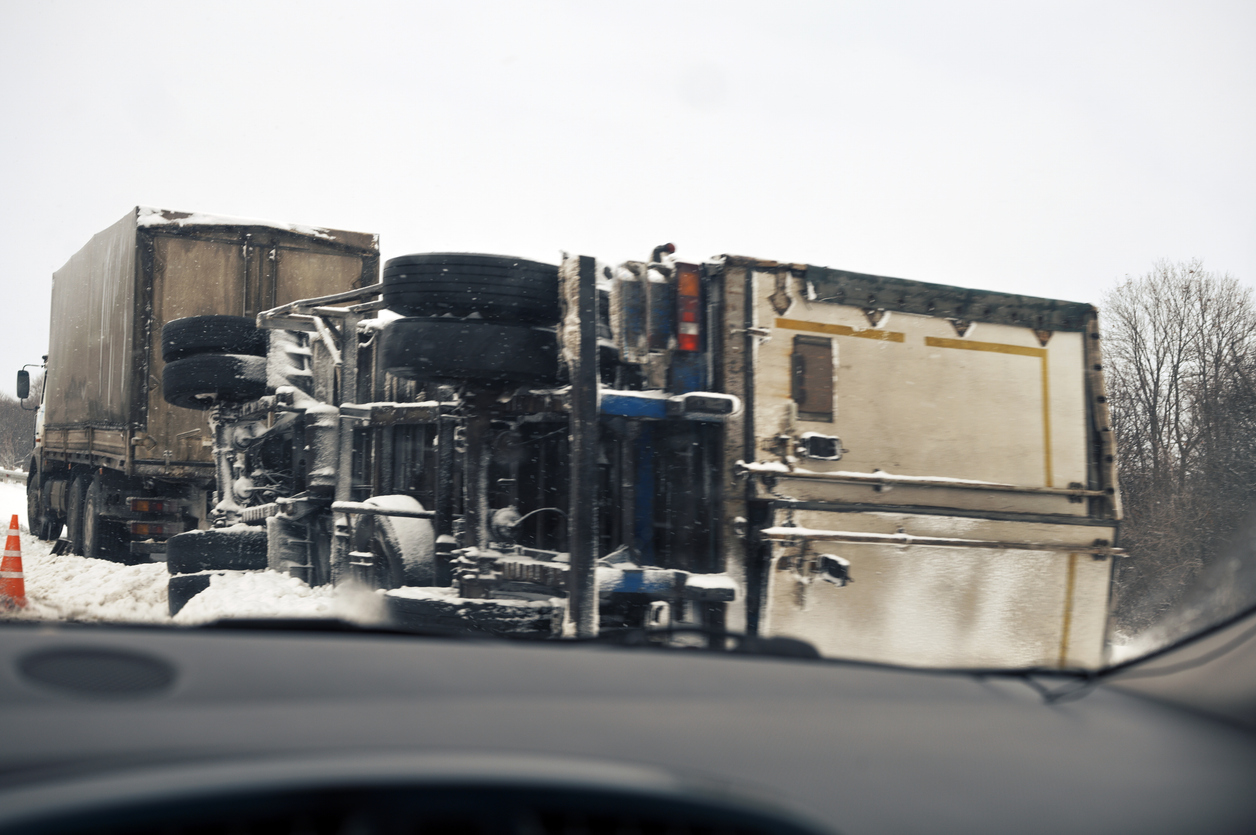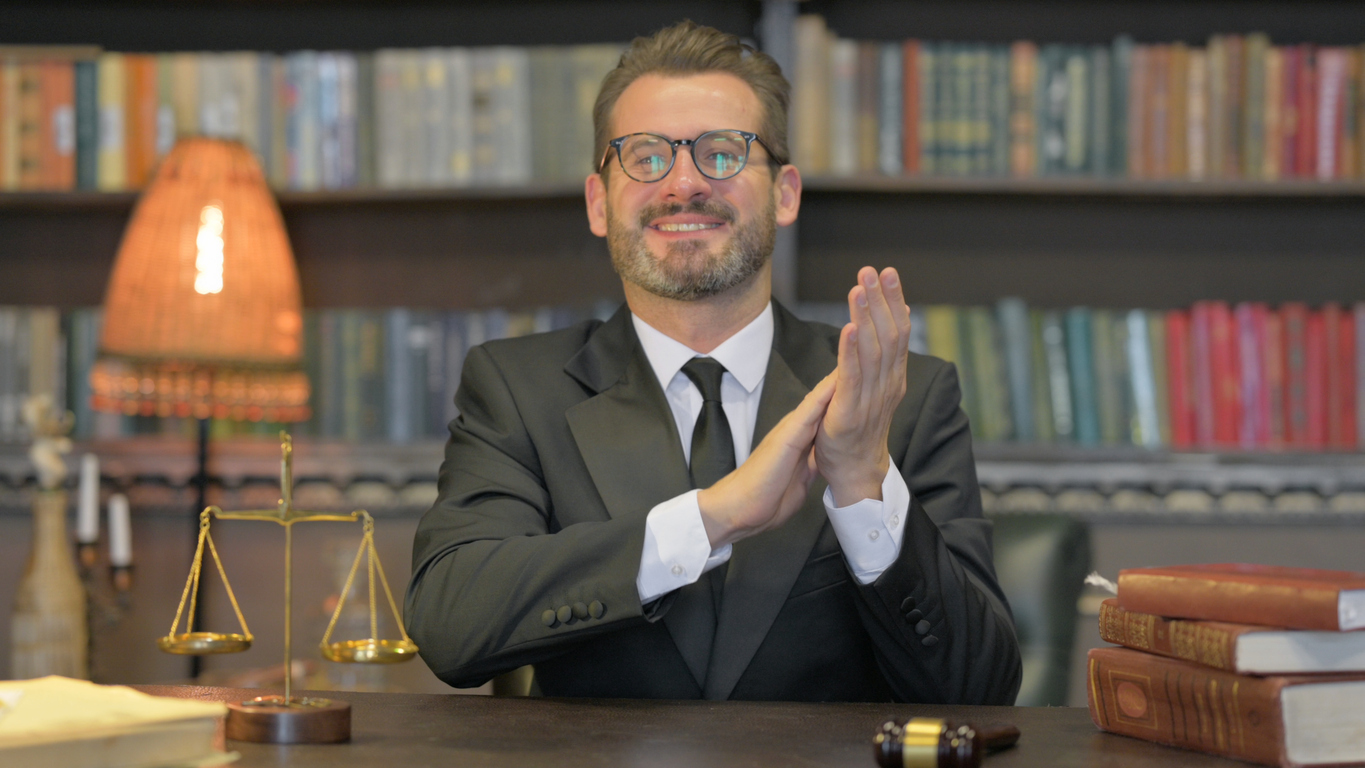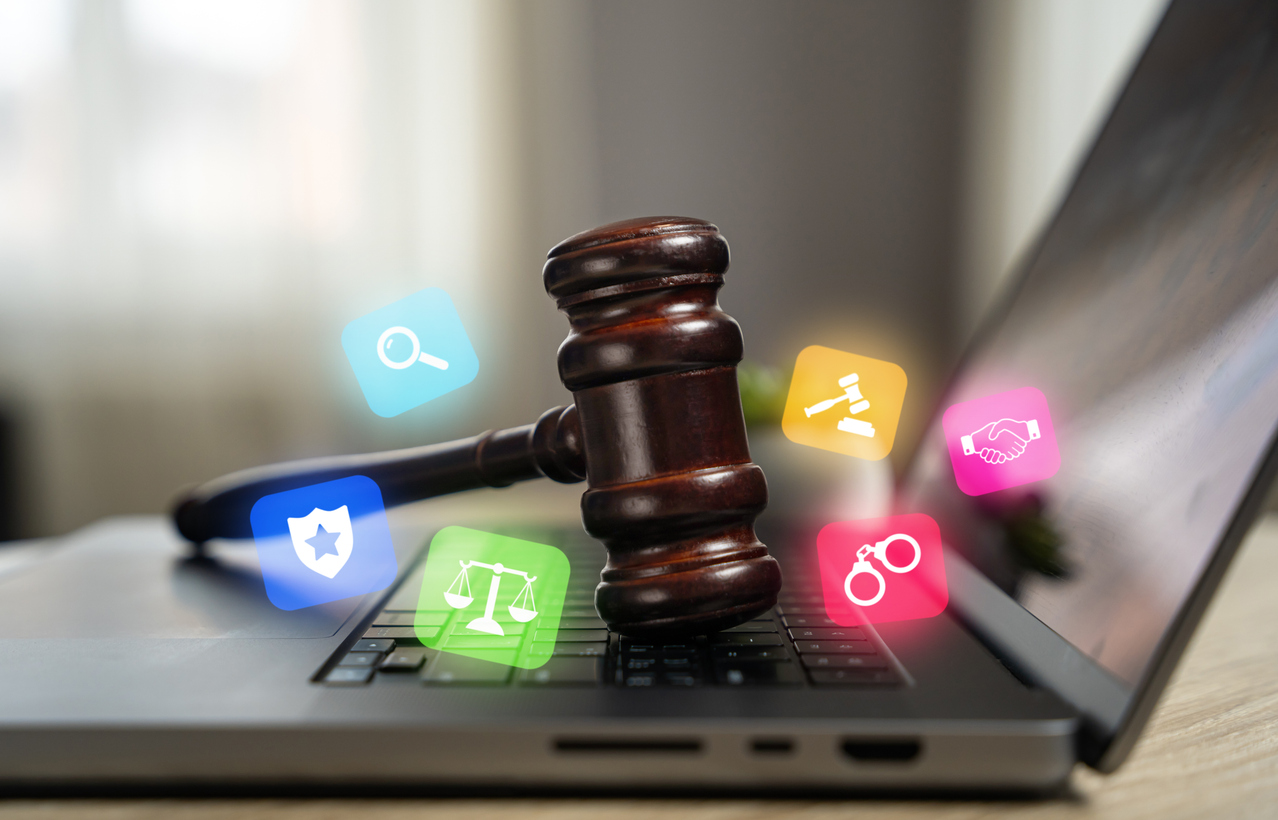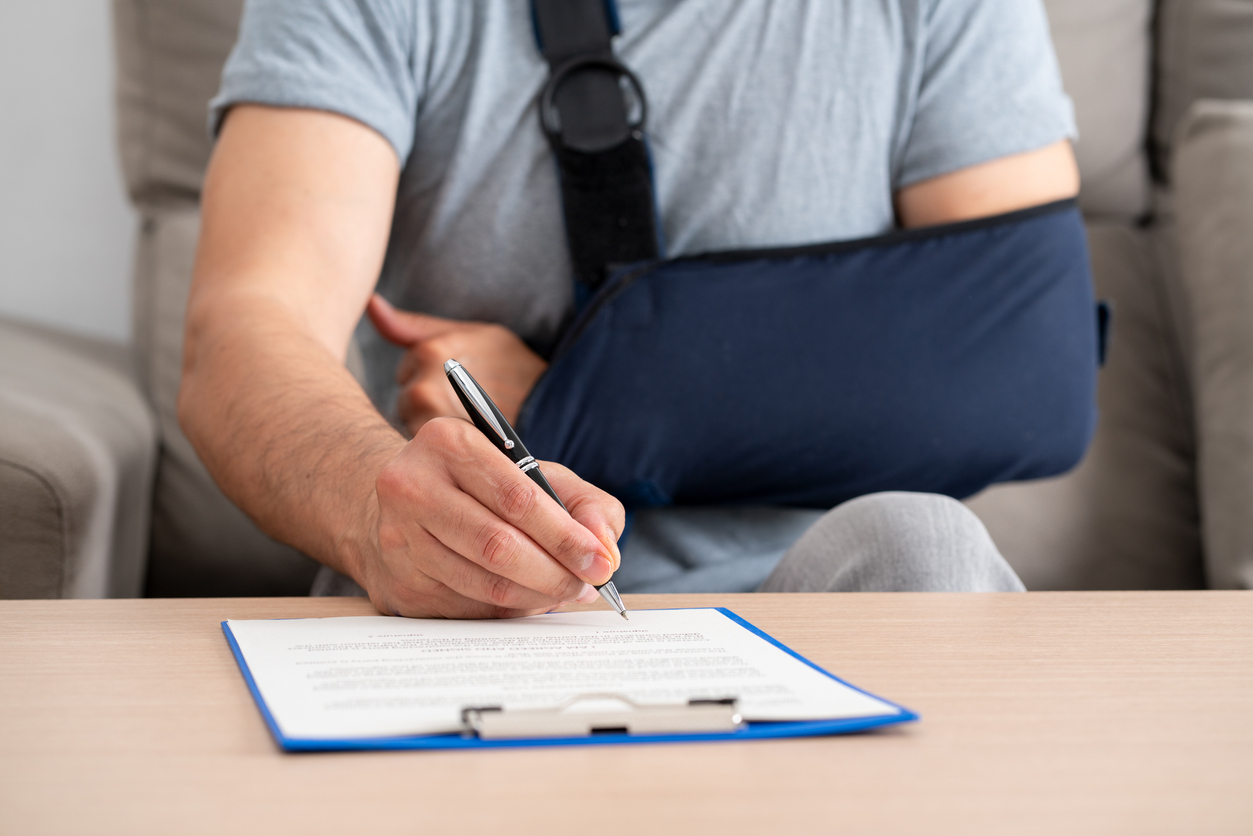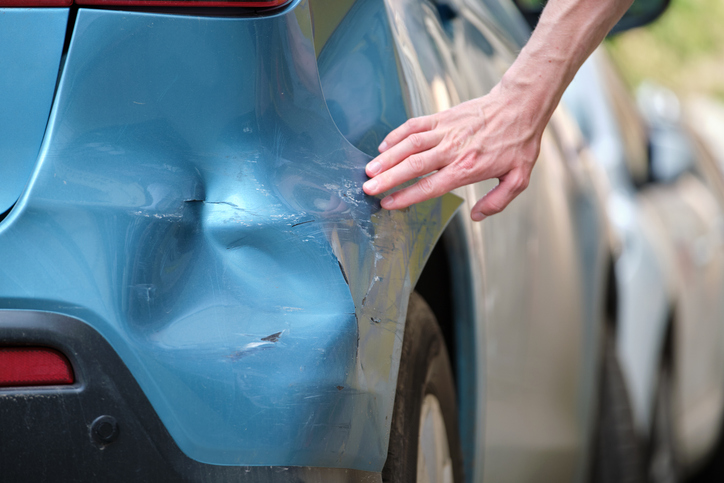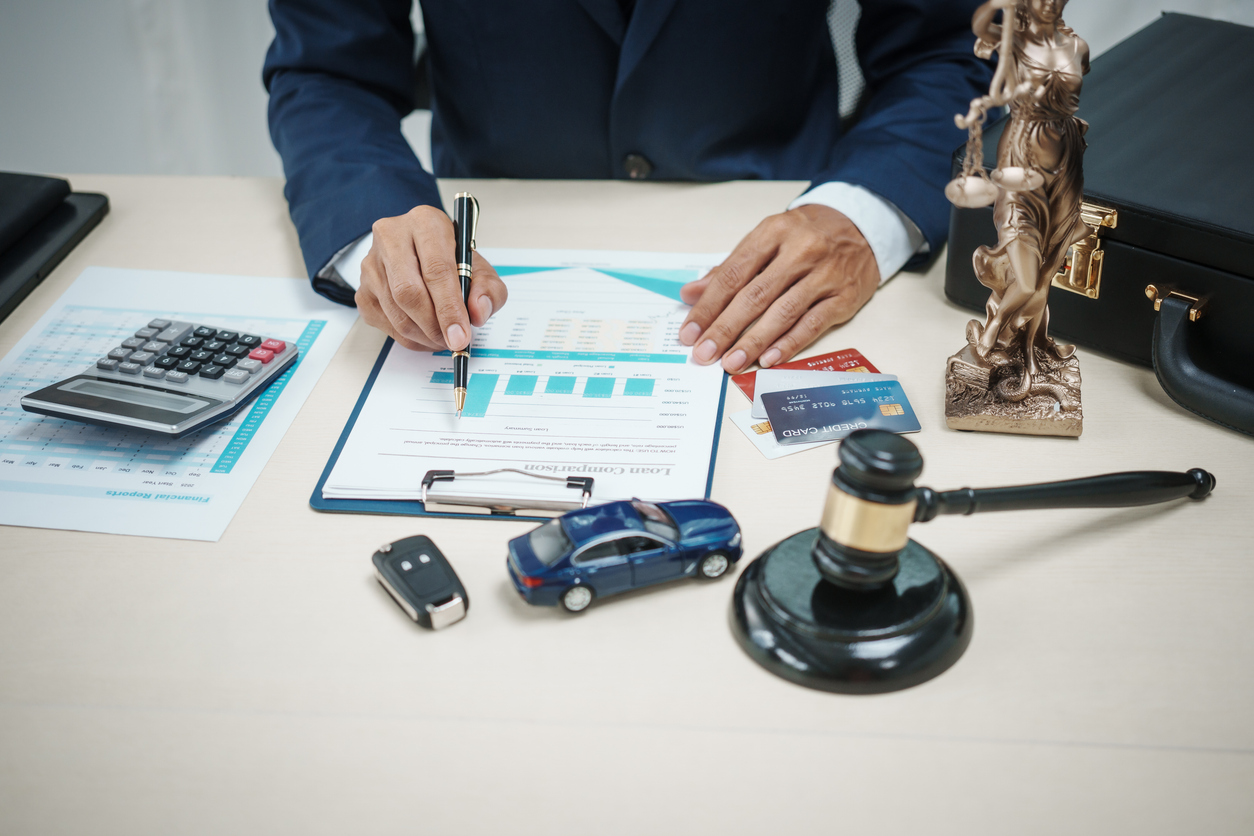- 8 Aug 2025
Insightful Legal Articles
Explore a range of expertly written legal articles designed to provide clarity and guidance on various legal topics. Whether you’re seeking advice on personal injury, family law, immigration, or more, our insights will help you navigate complex legal matters with confidence.
- By admin
- 8 Aug 2025
The Role of an Experienced Houston Truck Accidents Attorney in Complex Liability Claims
Understanding the role of an Experienced Houston Truck Accidents Attorney is crucial when navigating the intricacies of...
- By admin
- 31 Jul 2025
Contacting California Lemon Lawyer: 5 Signs You Shouldn’t Delay
5 Signs You Shouldn’t Delay Contacting California Lemon Lawyer California’s vehicle lemon law is one...
- By admin
- 30 Jul 2025
Social Media Impact on Car Accident Claim: What Insurance Adjusters Look For
In the digital age, where nearly every moment is shared online, accident victims often overlook...
- By admin
- 28 Jul 2025
File South Carolina Injury Claim Nationwide Online: Understanding Your Rights and Nationwide’s Process
In the digital era, convenience often takes the front seat in many legal and insurance...
- By admin
- 21 Jul 2025
Understanding NFL Football Players Head Injuries: A Look at the Most Common Causes
NFL Football Players Head Injuries have become one of the most controversial and medically complex...
- By admin
- 21 Jul 2025
Legal Alternatives to a Bold California No Child Support Agreement
California no child support agreement proposals often arise when divorcing parents believe they can amicably manage their...
- By admin
- 21 Jul 2025
What You Need to Know About Car Accidents in North Carolina Cities and Your Legal Rights
Car accidents in North Carolina cities are a daily occurrence, with major urban centers like...
- By admin
- 17 Jul 2025
California Road Rage Law: Dangerous Penalties and Lasting Consequences
Aggressive driving incidents have surged across California highways, prompting stricter enforcement of the California road...
- By admin
- 17 Jul 2025
Finding Support After Being Sexually Assaulted in a Rideshare Vehicle
Being sexually assaulted in a rideshare vehicle is a traumatic and deeply personal violation. Survivors...
- By admin
- 17 Jul 2025
How to Gather Evidence for Suing for a Car Accident in Georgia
When suing for a car accident in Georgia, gathering evidence can mean the difference between...
- 1
- 2
- 3
- …
- 10
- Next Page »
Recent posts
Categories
- Brain Injury Attorney (1)
- Car Accident (8)
- Copyright Law (1)
- Discrimination (1)
- Divorce Attorney (1)
- Domestic Violence (2)
- Driving Law (1)
- Estate Planning (1)
- Family Law (1)
- Family Law Lawyers (1)
- Family Mediation (1)
- Food and Drink (2)
- Health (1)
- Injury Claim (1)
- Legal (33)
- Lemon Law (1)
- Motorcycle Accident (1)
- Personal Injury (1)
- Personal Injury Attorney (2)
- Property Law (1)
- Severance Agreement (1)
- Sexual Assault (1)
- Travel and Leisure (1)
- Truck Accident (4)
- Uncategorized (28)
- Wrongful Death Claims (1)
